In the dawn of the 21st century, the advent of groundbreaking technologies like ChatGPT has forever altered our perception of Artificial Intelligence (AI). This technological marvel, with its unprecedented capabilities, stands as a testament to the relentless march of progress and innovation. AI’s ability to transcend the boundaries of traditional machine intelligence has sparked a global conversation about its potential impact on various sectors and, more importantly, the jobs that define our socio-economic landscape.
For decades, the narrative surrounding AI’s impact on the workforce centered primarily on its potential to displace white-collar professionals. Concerns about job automation and the ‘robotic takeover’ of professions like accounting, finance, and even creative industries such as journalism and advertising were rampant. However, as AI continues to evolve and permeate various sectors, a new realization is dawning: the threat to employment extends far beyond the confines of white-collar jobs. Blue-collar workers, who form the backbone of industries like manufacturing and logistics, are increasingly finding themselves at the crossroads of this technological revolution.
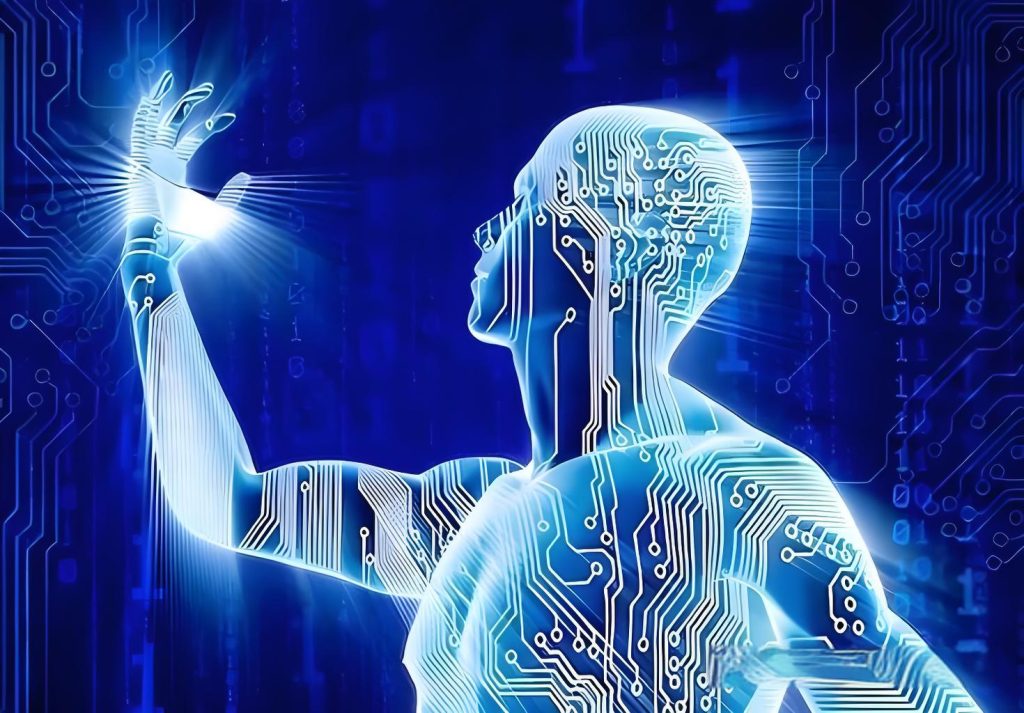
The Acceleration of the Fourth Industrial Revolution
The Fourth Industrial Revolution, fueled by advancements in AI, robotics, and the Internet of Things (IoT), is transforming the global economy at an unprecedented pace. This revolution is characterized by the fusion of physical, digital, and biological worlds, leading to the emergence of new technologies, business models, and ways of working. Within this context, AI is playing a pivotal role, not just as an enabler of automation but also as a catalyst for innovation and productivity gains.
The manufacturing sector, once considered the bastion of blue-collar labor, is undergoing a fundamental transformation. Factories are being transformed into smart, interconnected ecosystems where machines communicate seamlessly, predict maintenance needs, and optimize production processes. This automation, powered by AI, is reshaping the very nature of work, leading to a significant reassessment of the roles and responsibilities of workers.
AI’s Infiltration into Blue-Collar Jobs
Once upon a time, the physical rigor and manual dexterity of blue-collar workers were seen as essential components of manufacturing and logistics operations. However, AI-driven technologies are rapidly erasing these distinctions. From smart transport robots navigating warehouses with precision to autonomous machines performing intricate assembly tasks, the need for human intervention in many of these processes is diminishing.
For instance, the proliferation of autonomous mobile robots (AMRs) and automated guided vehicles (AGVs) in factories and warehouses is a testament to AI’s ability to streamline material handling and transportation. These robots, equipped with advanced sensors and AI algorithms, can navigate complex environments, avoid obstacles, and collaborate seamlessly with human workers, effectively eliminating the need for manual forklift operation and other physically demanding tasks.
Moreover, AI-powered predictive maintenance systems are transforming the way equipment is maintained and serviced. By analyzing vast amounts of operational data, these systems can identify potential issues before they escalate into costly breakdowns, enabling manufacturers to schedule maintenance activities proactively. This not only enhances operational efficiency but also reduces the reliance on skilled technicians for routine inspections and repairs.
The Risk of Job Displacement
The rapid adoption of AI in manufacturing and other blue-collar-intensive industries is giving rise to concerns about job displacement. A study by Goldman Sachs, for instance, highlighted the potential impact of automation and AI on the global workforce, suggesting that up to 300,000 jobs could be at risk due to these technological advancements. While the actual figure may vary depending on various factors, including the pace of technological adoption and the availability of reskilling programs, the threat to blue-collar jobs is undeniable.
This threat is not just limited to manufacturing. The logistics sector, another pillar of blue-collar employment, is also being transformed by AI. From autonomous trucks traversing highways to drones delivering packages to remote locations, the integration of AI into logistics operations is reshaping the way goods are transported and distributed. As these technologies mature and become more widely adopted, the demand for traditional truck drivers, warehouse workers, and other logistics professionals may decrease.
The Need for Reskilling and Adaptation
In the face of this dual threat to both white-collar and blue-collar jobs, the onus is on individuals, businesses, and governments to adapt and prepare for the future of work. Reskilling and upskilling programs are crucial in equipping workers with the knowledge and skills required to thrive in an AI-driven economy.
For blue-collar workers, this may involve transitioning from physically demanding tasks to roles that require a higher level of technical expertise or problem-solving abilities. Employers must recognize the need to invest in their workforce’s development, offering training opportunities that align with the evolving needs of the industry.






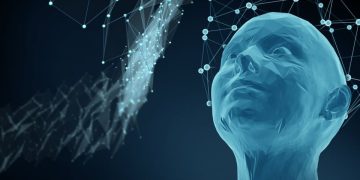



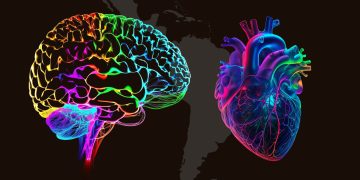


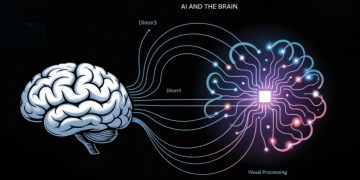
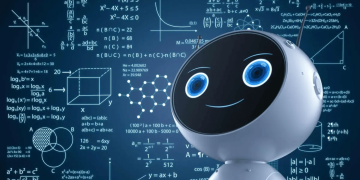
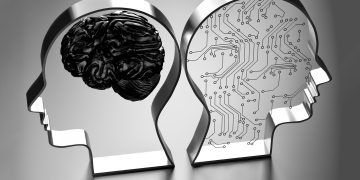



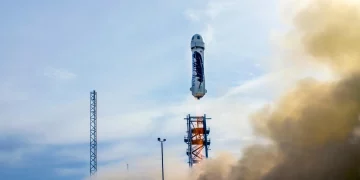





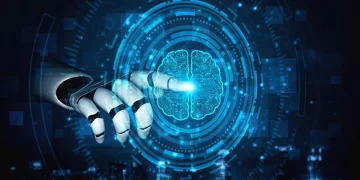
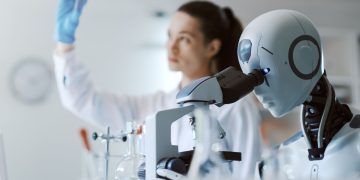







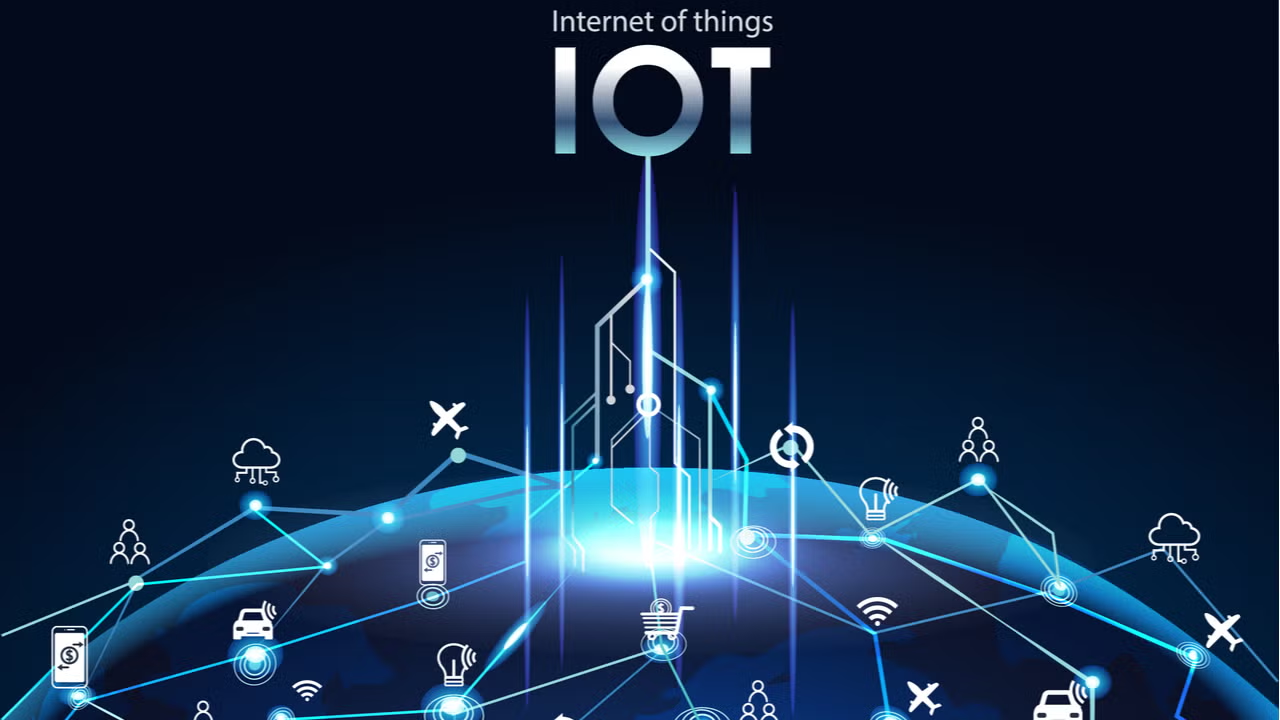
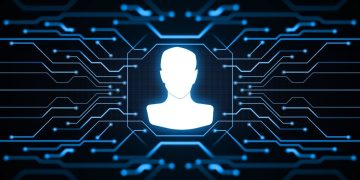

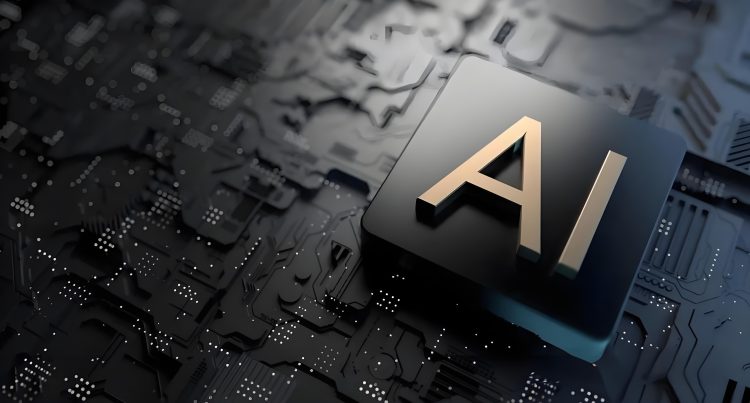












Discussion about this post